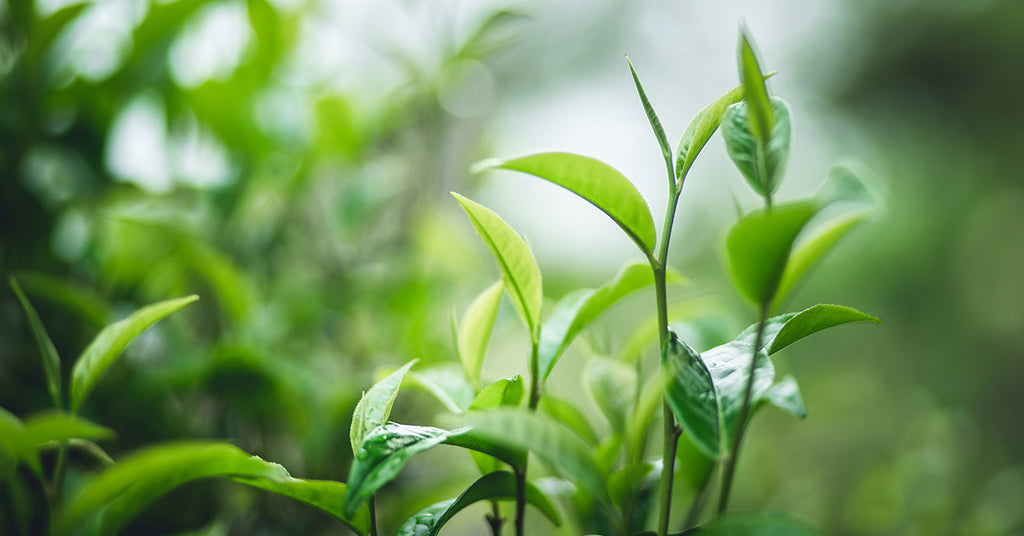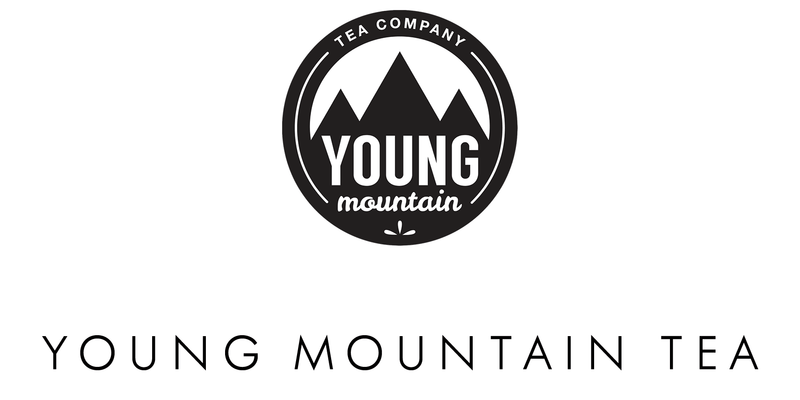What Is Regenerative Agriculture?

Is regenerative agriculture the most progressive and important movement the world has ever seen, with the potential to reverse climate change by synthesizing cutting-edge science with indigenous knowledge? Or is it an overly hyped buzzword that will quickly fade in an era of trendy environmental movements?
Depending on who you ask, you’ll get different answers. To come up with my own regenerative agriculture definition, I’ve spoken with the movement’s organizers, tuned into panels, watched documentaries, and read a lot of articles.
Disclaimer: Although I studied science in college, I’m not a scientist, so what follows is my most studious attempt to get it right!
Regenerative Agriculture Defined
What is regenerative agriculture?
The way I view it, regenerative agriculture sits at the intersection of climate, food system change, and livelihood creation. And the connective tissue between all three are soils. By taking care of underground microorganisms through thoughtful farming practices, we can actively draw down the carbon load, promote biodiversity of plants and animals, and grow more nutrient-rich foods for us humans to eat. In short, all living things above ground can thrive if we take care of the living things underground.
In searching for a regenerative agriculture definition elsewhere, the closest thing I came across was from the organization Regeneration International, “[Regenerative agriculture] describes farming and grazing practices that, among other benefits, reverse climate change by rebuilding soil organic matter and restoring degraded soil biodiversity...”
The potential for regenerative practices are also well articulated by the Regenerative Organic Alliance, the organization that launched the first regenerative certification. They say, “By adopting regenerative organic practices on more farms around the world, we can create long-term solutions to the climate crisis, factory farming, and fractured rural economies.”
The teas that we carry in our collection all come from the leaves of the Camellia sinensis plant, grown in tea gardens throughout India and Nepal. Camellia sinensis is a hardy tree that can live for more than 100 years quite happily, cleansing the atmosphere of carbon throughout its life. And this plant is the starting point for all black, green, white, matcha, oolong, and puerh teas.
What Are The 4 Principles of Regenerative Agriculture?
Because the Camellia sinensis plant is a tree, there’s a strong potential for organic tea cultivation to naturally align with the principles of regenerative agriculture.
Regenerative Principle #1: No Till
When soils are broken up during tilling, the fungal communities that facilitate nutrient flow between soils and plant roots are destroyed. Churning the top soil also releases stored carbon and adds excess oxygen into the soil. And tilling results in finer soil particles, which plug up spaces that would otherwise exist for water percolation. This leads to more water runoff and soil loss. I was surprised to learn that tilling can be one of the most degrading agricultural practices that exist, greatly increasing soil erosion and carbon loss. On the flip side, when soil is not tilled, farmers can expect enhanced soil aggregation, deeper water infiltration and retention, and carbon sequestration.
How this applies to tea: A tea plant is a perennial and takes an average of seven years to reach maturity. Since it’s just the leaves of the tree that are harvested for tea, not the roots or the stalk, no tilling is needed; in fact, tilling would kill the tea plant. So fortunately, this principle is an easy “check!” for tea farmers.
Regenerative Principle #2: Soil Fertility
Soil fertility is the ability of soil to sustain plant growth. Nutrients, minerals, and water all contribute to the health of the microbiome and the plants they help support. Artificial and synthetic fertilizers create imbalances in this biome, and overtime, the soils develop unhealthy dependencies on external inputs. Regenerative practices support the microbiome by using compost, animal manures, and cover crops that aren’t intended to be harvested. For perennials, crop rotations help as well.
How this applies to tea: When farmers grow tea organically, they apply natural compost and manure, as well as mulch, eliminating the use of artificial and synthetic fertilizers. Cover crops are common fillers between the rows of the tea bush, although it’d be ideal (from an ecological perspective) to have more cover crops and fewer tea plants than what is typical in a tea garden. Crop rotations don’t apply here, because of tea being a perennial.
Regenerative Principle #3: Ecosystem Diversity
Biodiversity means more resiliency for all living things, and often better quality as well. And in this case, regenerative agriculture takes this idea and applies it to life above and below ground. Building a varied soil microbial community starts with inoculating soils with composts or compost extracts. Intercropping plants to avoid monoculturing is the best way to strengthen diversity above ground.
How this applies to tea: Tea farmers can promote good microbe diversity through careful attention to the types of compost being applied. Above ground, tea farmers can experiment with planting a diversity of plants in and among the tea bushes, a practice common in some of the more progressive gardens. And tea farmers can move away from the Colonial-era tradition of monoculturing huge swaths of land with the tea bush, instead leaving more native forest intact.
Regenerative Principle #4: Smart Grazing
Livestock like cattle or sheep can either enhance or reduce the regenerative capacity of land. When they graze in a confined pasture, a number of negative effects occur including low nutrient density forage and increased water pollution. This necessitates treating livestock with antibiotics and leads to increased CO2 and methane emissions. Instead, if livestock graze in a managed system, their eating habits actually stimulate improved plant growth, increase soil carbon deposits, and improve soil carbon sequestration.
How this applies to tea: There isn’t a direct connection between livestock grazing practices and tea cultivation. However, a number of farmers who grow tea also have livestock, so this information can still be useful to share among tea farming communities.
Does Regenerative Agriculture Work?
I started this research project by asking, “What is regenerative agriculture?” After several months of learning, it seems the regenerative agriculture definition is evolving. However the 4four principles--no tilling, soil fertility, ecosystem diversity, and smart grazing--give a good roadmap.
The larger question I continue to ask is, “Does regenerative agriculture work?” And will it work for tea? To explore that question, we’re working with our first Indian producer to secure the new regenerative organic certification, and learning quite a bit as we do. Since all of our teas are already organically grown, and the majority are certified organic, our network of farmer partners are already dedicated to the vanguard of ecologically sound practices. We certainly hope this movement can deliver on the promise of its ideals, and look forward to working with our farmer partners across India and Nepal, to find out how.
While we don’t currently have any certified regenerative teas, taste our biodynamic teas (a more stringent requirement than “regenerative”) from the renowned Makaibari Estate:
Blog Author:

Raj Vable, Founder
He has been confounded by the leaf since his first transcendental encounter with white tea in 2010. Three years later, he started Young Mountain Tea to bridge his budding tea obsession with his interest in traveling in the mountains and previous experience creating job opportunities in rural India. He revels in working across cultures and can be regularly found trying to get the rest of the team on board with another outlandish tea project. His favorite teas remain white, and he’s always searching for the next cup of magic.








Comments on this post (2)
This was a great read! We are getting to the heart of the problem. Congratulations to you, Raj, and the team at Young Mountain Tea. Best wishes for every success.
— Maveen Pereira
Wonderful information! Three cheers for the first practice acknowledging the little-known importance of fungi. I didn’t know either till just this week when I picked up Merlin Sheldrake’s fascinating book Entangled Life: How Fungi Make our Worlds, Change our Minds, and Shape our Futures. A great read, highly recommended.
— Nancy-Laurel Pettersen